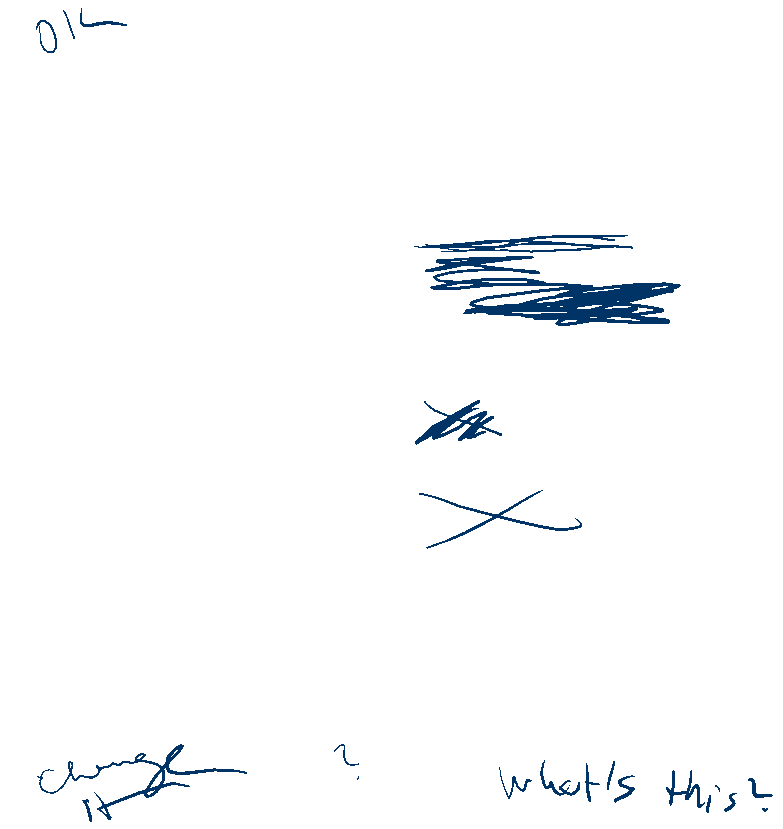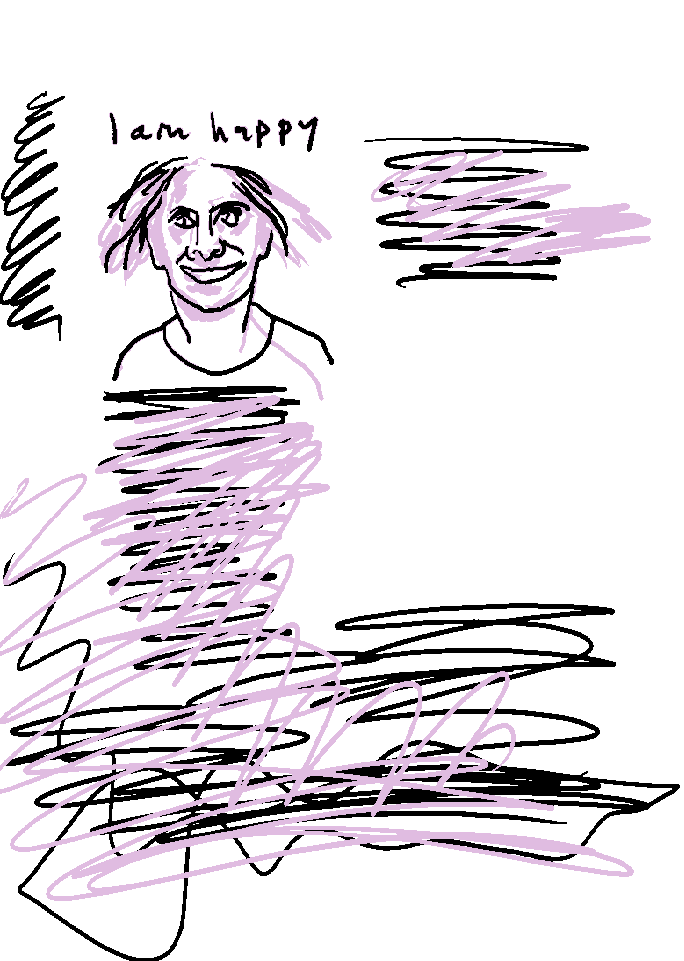The warm spring air is coming to eastern Ukraine. The roads are lined with red tulips, and people are reopening their summer kitchens, small buildings outside traditional homes used to isolate the heat and smells of cooking in the hotter months.
It was in her elderly mother’s wood-frame summer kitchen that Ludmilla, 69, was chatting to her brother Victor, 72, who went by Vitya, in the eastern city of Lysychansk last week. Despite near-constant bombardment from Russian troops just a few kilometers away, they had stayed in their family home since the invasion of Ukraine in late February.
“My brother and I were talking,” said Ludmilla, who asked CNN to use only her first name out of privacy concerns. “All at once, Grads started falling down one by one.” The windows were blown from their frames. “Everything was cracking.”
She recalled the initial shock and confusion. “We’re standing there — my brother’s making the sign of the cross, and I’m shouting. I turned away from him to look at the house, and then another explosion went off, and I was trapped under the rubble.”
Ludmilla was momentarily blinded. Blood poured from her face and from lacerations on her hands and feet, but she was alive. She felt the touch of a neighbor, who pulled her to safety, to her basement. Her 96-year-old mother, mercifully, was unscathed.
“I ask, ‘How’s my brother, how’s Vitya?’ And the neighbor hides his eyes and says: ‘Everything is fine.’
“I said to him, ‘Vova, I don’t believe it. If it were okay, he would have come seen us.’
“He says, ‘Everything is OK down, sit down,’ and goes out. And his wife is sitting next to me and says ‘Luda, he doesn’t know how to tell you. Vitya is dead.’
“That’s it. And my brother would be 73-years-old on May 6. And that was it.”
Death and loss are far from the only traumas in this Russian-speaking region. For many, the war has upended any remaining fellowship with Russia. According to a survey last year by the Kyiv International Institute of Sociology, 43% of Ukrainians report having relatives in Russia.
Even in the Russian-speaking east, that camaraderie had already been waning since Russia’s 2014 annexation of Crimea and support for separatist movements. With this war, a history of pain is brought to the fore: of millions dead from famine and forced Soviet collectivization and of attempts, over decades, to wipe out Ukrainian culture and the Ukrainian language.
It’s hard to relate to someone if they believe Russian President Vladimir Putin’s propaganda — that the military is conducting a small and targeted operation that avoids civilian casualties. It’s perhaps, even more difficult to relate if they don’t believe your neighbors, brothers, and friends are being killed.
Ludmilla’s son, as well as her sister and her sister’s family, all live in Russia.
“My granddaughter had a fight with my own sister’s granddaughter,” Ludmilla explained. “She said, ‘What are you making up? You are shooting at yourself, and you are lying,’” adding that a “lot of people” in Russia don’t believe what’s really happening in her country.
“This is Putin’s politics. Zombification,” Ludmilla said.
Whether Russia can conquer all of the Donbas — the eastern Ukrainian regions of Donetsk and Luhansk — is an unanswered question after its military’s underwhelming performance in the war’s opening months.
Read the full story here.























